9 Best Herbal Tinctures For Burns
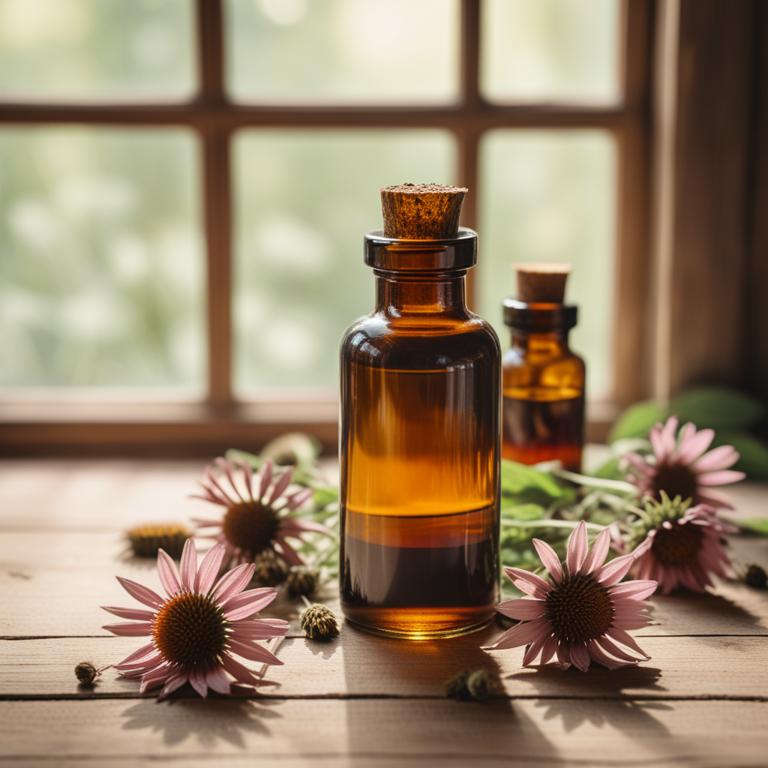
Herbal tinctures for Burns are concentrated liquid solutions made from the extracts of various herbs, plants, and flowers that have been traditionally used to treat and alleviate the symptoms of burns.
These tinctures have been found to have numerous benefits in treating burns, including promoting wound healing, reducing pain and inflammation, and preventing infection.
Some examples of herbal tinctures that are commonly used to treat burns include Aloe vera tincture, which has anti-inflammatory properties to soothe and calm the skin; Calendula tincture, which promotes wound healing and tissue repair; Tea tree oil tincture, which has antimicrobial properties to prevent infection; Echinacea tincture, which boosts the immune system to aid in the healing process; and Lavender tincture, which has a calming effect to reduce stress and promote relaxation.
By using these herbal tinctures, individuals can experience faster healing times, reduced scarring, and a lower risk of complications associated with burns.
According to the study in "Pharmaceutics", tinctures for burns may be effective due to the antibacterial activity and synergistic effect of herbal preparations, which can potentially shorten healing time and reduce inflammation.
Below there's a list of the 9 best herbal tinctures for burns.
- 1. Aloe vera tinctures
- 2. Boswellia serrata tinctures
- 3. Hypericum perforatum tinctures
- 4. Arnica montana tinctures
- 5. Silybum marianum tinctures
- 6. Calendula officinalis tinctures
- 7. Echinacea purpurea tinctures
- 8. Glycyrrhiza glabra tinctures
- 9. Taraxacum officinale tinctures
Also you may be interested in...
TODAY'S FREE BOUNDLE
Herb Drying Checklist + Herbal Tea Shopping List + Medicinal Herbs Flashcards
Enter you best email address below to receive this bundle (3 product valued $19.95) for FREE + exclusive access to The Aphotecary Letter.
$19.95 -> $0.00
1. Aloe vera tinctures
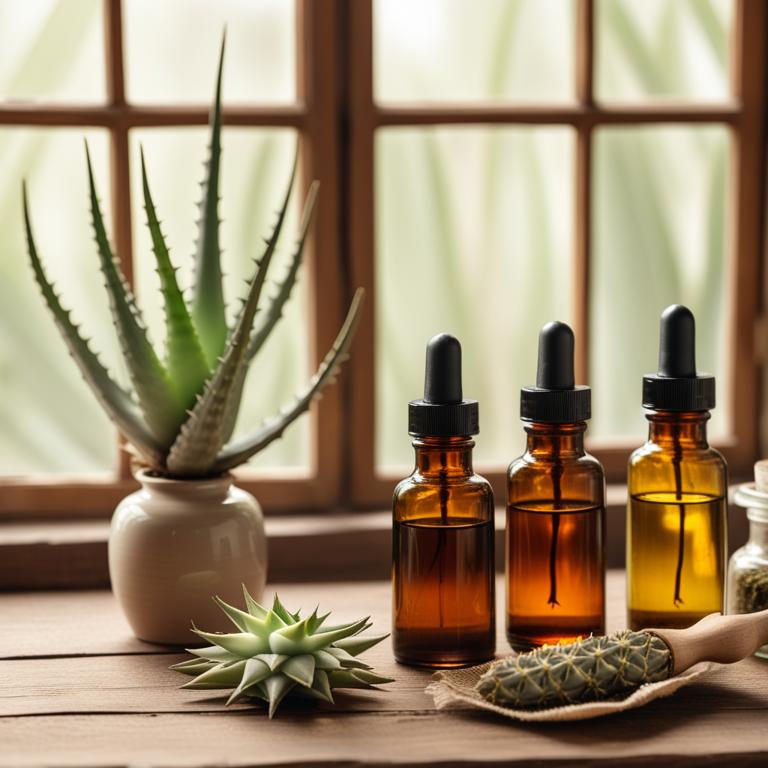
Aloe vera tinctures are a popular herbal preparation used to treat burns, leveraging its soothing and anti-inflammatory properties to provide relief from pain and promote wound healing.
The bioactive constituents present in aloe vera tinctures, including aloin, aloe-emodin, and vitamins A, C, and E, help to reduce inflammation, promote tissue repair, and prevent infection.
By applying aloe vera tinctures topically, individuals can experience reduced redness, swelling, and discomfort associated with burns, ultimately facilitating a faster recovery process.
The benefits of using aloe vera tinctures to treat burns include reduced risk of infection, accelerated wound healing, and minimized scarring, making it a valuable natural remedy for burn treatment.
Related Study
According to "Brazilian journal of biology = Revista brasleira de biologia", Aloe vera tinctures for burns may accelerate healing and reduce hospital stay due to their antioxidant properties, cell proliferation, and cell migration effects, as demonstrated in various studies, including one that showed a higher healing speed and shorter hospital stay compared to a control group in patients with second-degree burns.
2. Boswellia serrata tinctures
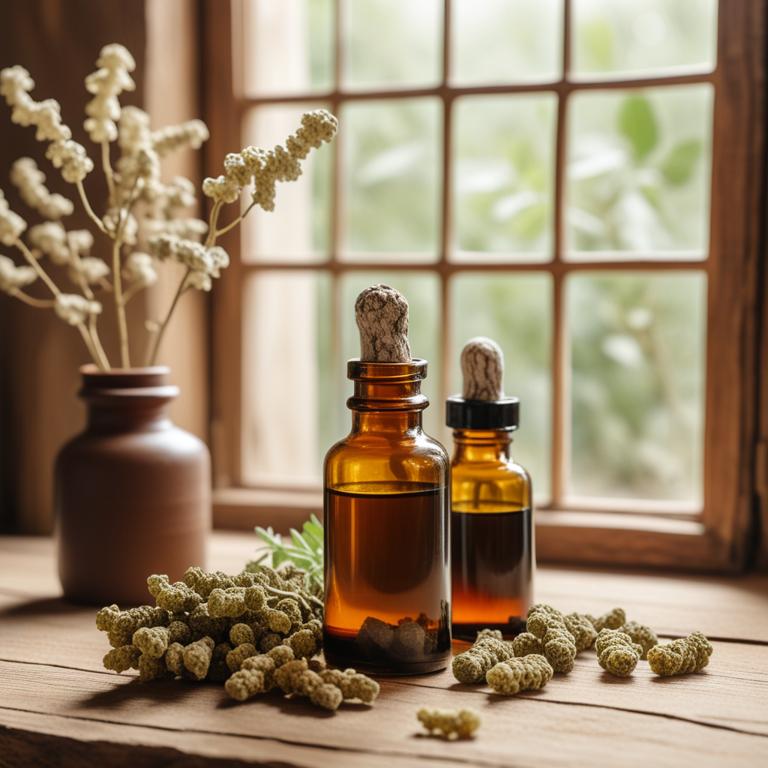
Boswellia serrata tinctures have been traditionally used to treat burn wounds and provide relief from pain and inflammation.
The anti-inflammatory and antioxidant properties of Boswellia serrata tinctures, primarily attributed to its bioactive constituents such as boswellic acids, help to reduce inflammation and promote wound healing.
By inhibiting the production of pro-inflammatory enzymes, Boswellia serrata tinctures help to soothe and calm the skin, reducing the risk of infection and promoting faster healing.
The benefits of using Boswellia serrata tinctures to treat burns include reduced pain and inflammation, accelerated wound healing, and a lower risk of complications.
3. Hypericum perforatum tinctures

Hypericum perforatum tinctures, also known as St. John's Wort, have been traditionally used to treat burns and promote wound healing.
The anti-inflammatory and antiseptic properties of this herbal preparation help to reduce pain and prevent infection in burn wounds.
The bioactive constituents, including hyperforin and hypericin, have been shown to exhibit antioxidant and photoprotective properties, which aid in the protection of skin cells from damage and promote tissue repair.
The benefits of using Hypericum perforatum tinctures to treat burns include accelerated wound healing, reduced risk of infection, and improved skin regeneration, making it a valuable natural remedy for this common ailment.
Related Study
According to "Journal of ethnopharmacology", Hypericum perforatum tinctures for burns have been proven to be beneficial in traditional practices, confirmed by 5 laboratory studies and 3 clinical trials.
4. Arnica montana tinctures
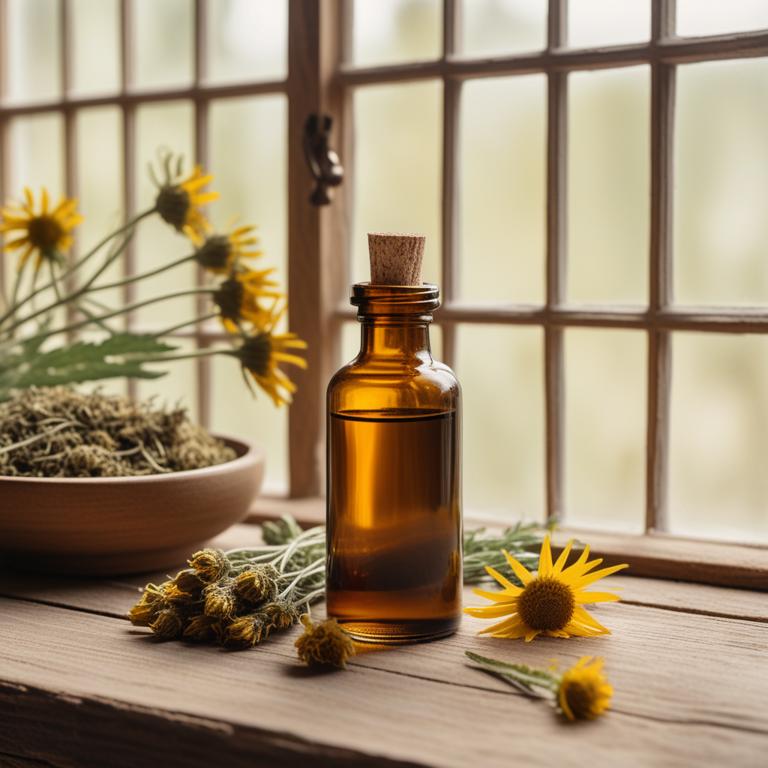
Arnica montana tinctures are a popular herbal remedy used to treat burns, thanks to their anti-inflammatory and antimicrobial properties that help soothe and promote healing of the affected skin.
The bioactive constituents present in Arnica montana, such as flavonoids, sesquiterpenes, and triterpenoids, work together to reduce pain, inflammation, and bacterial growth, thereby aiding in the recovery process.
These constituents, particularly flavonoids like kaempferol and quercetin, help to regulate the body's natural response to injury and promote the growth of new tissue, ultimately leading to faster wound healing.
The benefits of using Arnica montana tinctures to treat burns include reduced risk of infection, faster recovery time, and minimal scarring, making it a valuable natural remedy for burn victims.
5. Silybum marianum tinctures

Silybum marianum tinctures have been traditionally used to treat burns, leveraging its anti-inflammatory and antimicrobial properties to promote wound healing.
The tannins, flavonoids, and polyphenols present in this herbal preparation help to reduce inflammation, prevent infection, and accelerate the healing process of burns.
These bioactive constituents also exhibit antioxidant properties, which protect the skin from oxidative stress and promote tissue repair.
The use of Silybum marianum tinctures in treating burns can lead to reduced pain, scarring, and the risk of infection, ultimately promoting faster recovery and improved wound outcomes.
6. Calendula officinalis tinctures

Calendula officinalis tinctures have been traditionally used to treat burns due to their anti-inflammatory, antimicrobial, and wound-healing properties.
The tinctures help to treat burns by reducing pain, promoting tissue repair, and preventing infection through the bioactive constituents such as triterpenoids and flavonoids.
These constituents, particularly triterpenoids like calendulic acid and flavonoids like kaempferol, have been shown to possess potent antioxidant and anti-inflammatory activities that aid in the healing process.
The benefits of using Calendula officinalis tinctures to treat burns include reduced risk of infection, accelerated wound closure, and minimized scarring, making it a popular natural remedy for burn treatment.
Related Study
According to the study "Life (Basel, Switzerland)", Calendula officinalis tinctures for burns may be effective in treating wounds and preventing infections due to its considerable pharmacological properties and long history of use in phytotherapy for wound treatment.
7. Echinacea purpurea tinctures

Echinacea purpurea tinctures have been traditionally used to treat burns and promote wound healing due to their anti-inflammatory, antimicrobial, and antioxidant properties.
The bioactive constituents of Echinacea purpurea, including alkylamides, phenolic acids, and polyacetylenes, help to reduce pain, prevent infection, and accelerate tissue repair in burned skin.
The tincture's ability to boost the immune system and increase the production of white blood cells also contributes to its effectiveness in treating burns.
By promoting wound healing and reducing the risk of infection, Echinacea purpurea tinctures can help to alleviate the discomfort and pain associated with burns.
8. Glycyrrhiza glabra tinctures

Glycyrrhiza glabra tinctures, derived from the root of the licorice plant, have been traditionally used to treat burns and promote wound healing.
The anti-inflammatory and antioxidant properties of this herbal preparation help to reduce pain and inflammation, prevent infection, and promote tissue repair in burn wounds.
The bioactive constituents, including glycyrrhizin, flavonoids, and saponins, contribute to its therapeutic effects by inhibiting the production of pro-inflammatory enzymes and enhancing the growth of new tissue.
The benefits of using Glycyrrhiza glabra tinctures to treat burns include reduced risk of infection, accelerated wound healing, and improved patient comfort and quality of life.
9. Taraxacum officinale tinctures
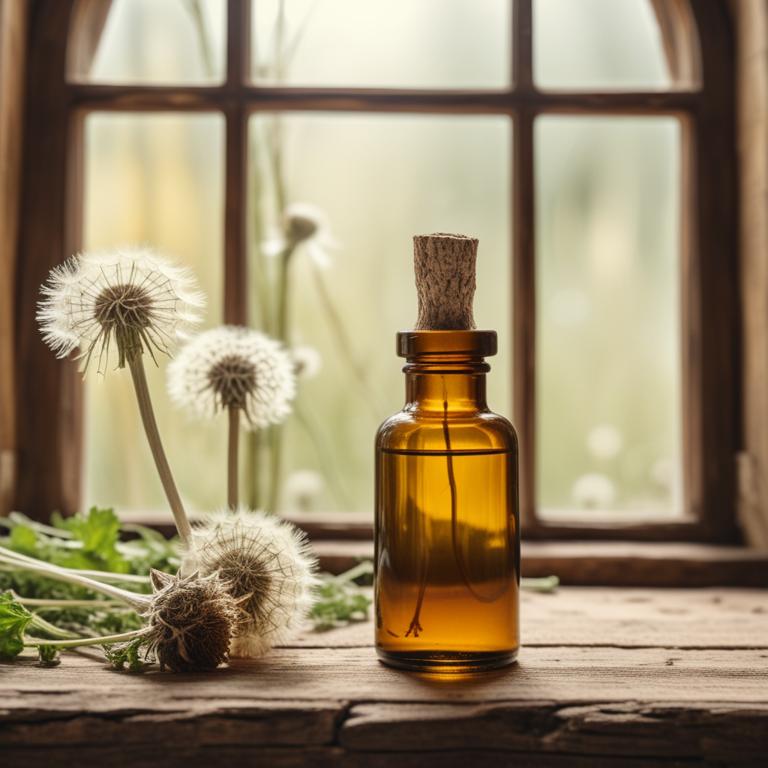
Taraxacum officinale tinctures have been traditionally used to treat burns by utilizing their anti-inflammatory and antimicrobial properties, which help to reduce pain and promote wound healing.
The bioactive constituents present in these tinctures, such as flavonoids, phenolic acids, and sesquiterpenoids, contribute to their therapeutic effects by reducing oxidative stress and promoting tissue repair.
The benefits of using Taraxacum officinale tinctures to treat burns include accelerated wound closure, reduced risk of infection, and alleviation of pain and discomfort.
By harnessing the bioactive properties of this herbal preparation, individuals can experience improved outcomes and faster recovery times from burn injuries.